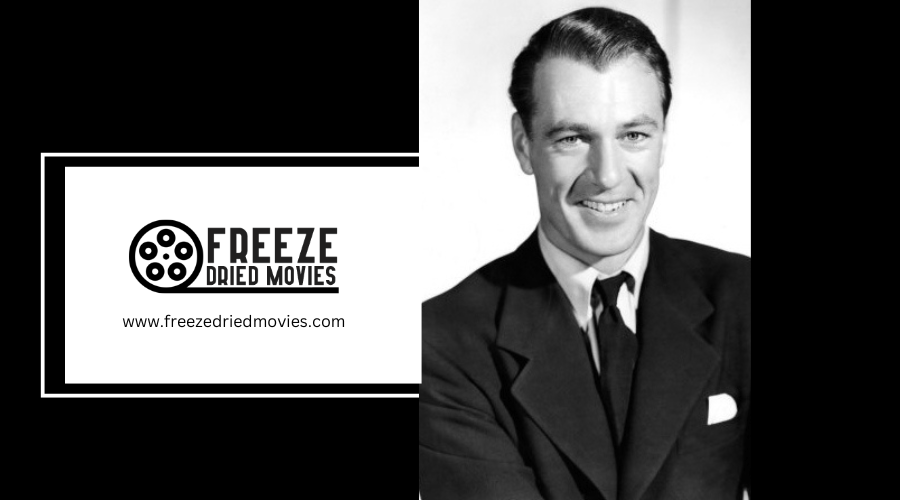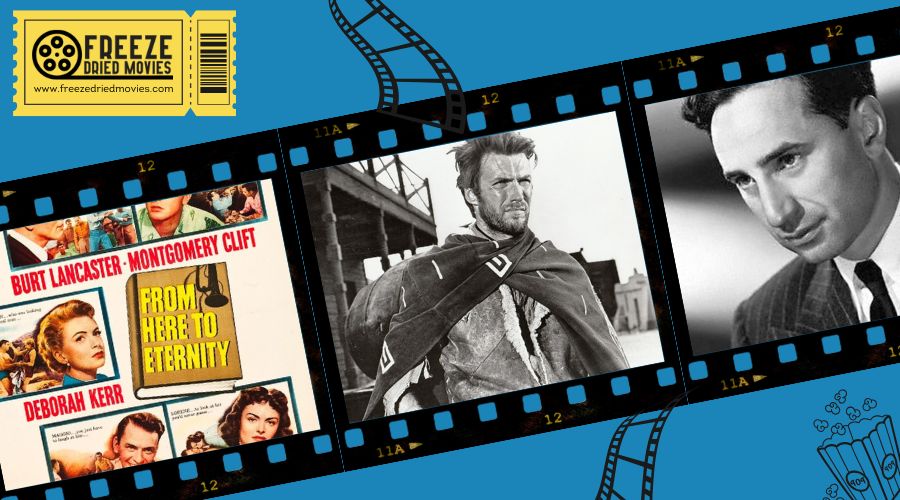Hoyte Van Hoytema: the Visionary Behind Interstellar and Dunkirk

Hoyte van Hoytema, born in Switzerland in 1971, has transformed modern cinematography through his revolutionary work. You'll recognize his mastery of light and shadow in films like "Let the Right One In," which launched him to international acclaim. His partnership with Christopher Nolan led to groundbreaking IMAX innovations in "Interstellar" and "Dunkirk," where he mounted cameras on fighter planes and blended formats seamlessly. His naturalistic approach creates authentic visual experiences that transcend ordinary filmmaking.
Key Takeaways
- Dutch-Swedish cinematographer Hoyte Van Hoytema revolutionized IMAX filmmaking through his groundbreaking work on Interstellar and Dunkirk.
- Van Hoytema's partnership with Christopher Nolan redefined large-format cinematography by mounting IMAX cameras on fighter planes for Dunkirk.
- His masterful approach to naturalistic lighting creates authentic emotional storytelling in both cosmic space and war environments.
- Van Hoytema seamlessly blended IMAX and 35mm footage in Interstellar, establishing new technical standards for immersive cinematography.
- His distinctive visual language, developed at Poland's National Film School, creates profound emotional resonance through expert light and shadow manipulation.
8 Second-Level Headings for "Hoyte Van Hoytema: the Visionary Behind Interstellar and Dunkirk"
When crafting an article about cinematographer Hoyte Van Hoytema, you'll need effective section headings to organize your content logically. Consider these options for your piece:
Structure brings clarity to storytelling, just as Hoytema's masterful cinematography brings clarity to each frame.
"Mastering Visual Storytelling Through IMAX" would explore Hoytema's revolutionary use of IMAX cameras in both Interstellar and Dunkirk.
"The Nolan-Hoytema Partnership" could examine how their collaboration has redefined modern cinematography.
Include "From Space to War: Adapting Visual Techniques" to highlight his versatility across different genres.
"Creating Depth and Texture with 65mm Film" would investigate his technical choices that enhance the immersive viewing experience.
Don't forget "Handheld Immediacy in Historical Context" to analyze his approach to Dunkirk's visceral combat scenes.
These headings will guide readers through Hoytema's artistic journey while maintaining focus on his distinctive visual language and technical innovations.
His technical approach builds upon the legacy of motion-controlled cameras pioneered in Kubrick's 2001: A Space Odyssey, particularly evident in Interstellar's space sequences.
The Early Years: From Switzerland to Cinema's Elite
Born in the quiet Swiss town of Horgen in 1971, Hoyte van Hoytema's journey to becoming one of cinema's most celebrated cinematographers began with his family's relocation to the Netherlands shortly after his birth. From an early age, you could see his fascination with visual storytelling taking root.
Following his passion, van Hoytema enrolled at the National Film School in Łódź, Poland, where he developed the distinctive visual approach that would later become his signature. After graduation, he cut his teeth on music videos and short films, using these platforms to experiment with light and shadow.
His career breakthrough came with "Let the Right One In," the haunting Swedish vampire film that showcased his exceptional talent for creating atmosphere and earned him international acclaim. Like James Dean who attended the Actors Studio under Lee Strasberg, van Hoytema refined his craft through dedicated study and mentorship.
Crafting a Unique Visual Language Through Film School
The National Film School in Łódź became the crucible that transformed van Hoytema's raw talent into the disciplined visual poetry we now recognize as his hallmark. After leaving his Swiss birthplace for Poland, you'll notice how this formative period shaped his distinctive approach to cinematography.
At Łódź, van Hoytema developed his mastery of light and shadow, experimenting with techniques that would later define his work. This education provided the technical foundation he'd later apply to music videos and short films—projects that served as laboratories for his evolving visual style.
The school's rigorous training cultivated his ability to create immersive cinematic experiences that transcend mere imagery. You can trace the roots of his emotional storytelling, which would later elevate films like Let the Right One In, directly to these formative years. His education embraced the hands-on experience philosophy, allowing him to develop technical proficiency while nurturing his unique creative vision.
The Breakthrough: Let the Right One In and International Recognition
Van Hoytema's artistic journey soared beyond the confines of film school when he stepped behind the camera for Tomas Alfredson's "Let the Right One In" (2008). This visually striking Swedish vampire tale became his professional turning point, earning him international acclaim for his ability to capture both chilling atmospheres and tender moments with remarkable precision.
This breakthrough project revealed his exceptional talent for visual storytelling, catching the attention of major filmmakers worldwide.
His success with "Let the Right One In" led to collaborations with acclaimed directors, including Alfredson again on "Tinker Tailor Soldier Spy" and eventually Christopher Nolan for epics like "Interstellar."
You'll notice the emotional resonance of his work throughout the film, where he transforms ordinary suburban landscapes into haunting backdrops that amplify the narrative's complexity.
His approach to cinematography mirrors Hitchcock's philosophy that visual storytelling should be felt viscerally, pulling viewers deeper into the world of the film.
The Nolan Partnership: Revolutionizing IMAX Cinematography
When Christopher Nolan teamed up with Van Hoytema in 2014 for "Interstellar," cinema stepped into a new visual dimension that would transform how audiences experience blockbuster filmmaking. Their partnership redefined what's possible with IMAX cinematography, creating immersive experiences that enhance narrative structure rather than simply showcasing spectacle.
Hoyte van Hoytema mounted IMAX cameras on actual fighter planes for Dunkirk, placing you directly in the cockpit during intense aerial sequences. His seamless blending of IMAX with 35mm footage in Interstellar created a visual language that emphasized emotional storytelling. Their collaborative innovation established new standards for large-format filmmaking that's both technically impressive and emotionally resonant.
You're witnessing a partnership that doesn't just capture images but creates experiences that envelop you in the story's emotional and physical reality.
Mastering the Dance of Light and Shadow
Beyond the technical innovation of IMAX cinematography, what truly elevates Van Hoytema's visual artistry is his profound understanding of light's emotional language. You'll notice in films like Interstellar and Dunkirk how Hoyte van Hoytema crafts immersive experiences through his manipulation of light and shadow.
His commitment to naturalistic lighting creates an authenticity that pulls you directly into the narrative. Watch how he minimizes artificial sources, instead harnessing available light to reveal characters' vulnerability against vast environments.
The sinking ship sequence in Dunkirk exemplifies his mastery—shadows deepen the tension while sparse illumination highlights essential details.
Van Hoytema's chiaroscuro techniques aren't merely aesthetic choices; they're emotional storytelling tools. Whether capturing the cosmic wonder of space or war's harrowing reality, his interplay of light and dark speaks directly to your subconscious.
Technical Innovation: Camera Systems and Practical Effects
The technical innovation that defines Van Hoytema's cinematography stems from his unyielding determination to capture authenticity through mechanical ingenuity. You'll find his work distinguished by the physical mounting of IMAX cameras on fighter planes during Dunkirk's aerial sequences, immersing you directly in the pilot's perspective.
His collaboration with Nolan pushed boundaries, employing handheld shots and specialized rigs to create deliberate disorientation that mirrors war's chaos.
- Utilized large format 65mm film in Interstellar to convey the vast emptiness and grandeur of space
- Favored practical effects including real explosions and fire in Dunkirk, rejecting CGI shortcuts
- Mastered naturalistic lighting techniques that avoid war's romanticization while maintaining visual impact
This technical prowess isn't mere showmanship—it's purposeful craftsmanship that transforms viewing into experiencing.
From Space to War: Visualizing Different Worlds
Hoyte Van Hoytema's remarkable versatility shines brightest in his seamless shift between vastly different cinematic worlds. His meticulous attention to visual storytelling transforms each film into a distinct sensory experience that fully immerses you in its reality.
In Interstellar, you'll find yourself floating through the cosmic expanse as IMAX cameras capture both the overwhelming grandeur of space and the intimate human moments that ground the story. The film looks and feels boundless yet deeply personal.
Contrast this with Dunkirk, where Hoytema's naturalistic lighting and dynamic camerawork place you directly within the chaotic evacuation. You're not just watching history—you're experiencing it through compositions that emphasize isolation and survival amid warfare.
This dramatic range demonstrates why Hoytema stands as one of cinema's most adaptable visual architects.
Asariton, Hoyte van Hoytema 2012 Sweden, CC BY-SA 3.0



